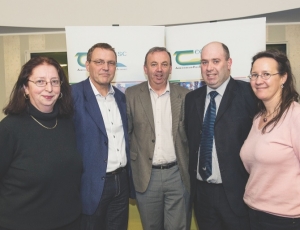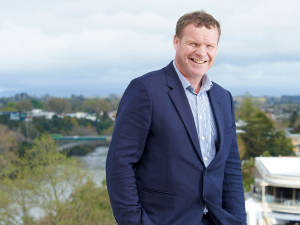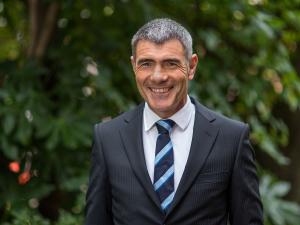The Autograssmilk project is being coordinated by Dr Bernadette O’Brien of Ireland’s Teagasc. It says the Irish Government ‘Food Harvest 2020’ report targets a 50% increase in milk production, a goal robotic milking could help achieve by addressing problems such as fragmentation of farms and labour shortages.
Where farms are divided into more than one block, robotic milking could allow herd splits impossible if milking was done conventionally, Teagasc says.
Similarly, robotic milking has the potential to reduce labour costs on farms, particularly as they expand, or at entry level to dairying could allow farmers to work off-farm until the dairy operation was of sufficient scale to be viable. A Fullwood Merlin robot milking unit has been installed at the Teagasc/Dairygold Research farm to facilitate the research.
Teagasc says the project findings will be notified to dairy farmers, producer associations and their members in dairy farming, and to all EU dairy farmers.
Robotic milking is catching on fast in most EU countries because of lifestyle, less physical work and lower labour costs. But it tends towards a decrease in numbers of cows grazing, with a corresponding increase in indoor feeding systems, says Teagasc.
It argues grazing has many advantages isuch as lower costs, improved environment, better animal welfare and higher quality milk. The objective of Autograssmilk is to develop grass-based systems of milk production, with robot milking.
Teagasc Moorepark’s partners in the project include Wageningen UR’s Livestock Research, Netherlands; Aarhus University, Denmark; Institute de l’Elevage, France; University of Liege, Belgium; Swedish University of Agricultural Science; a commercial dairy farm in Ireland and one in Denmark; and the Irish Grassland Association.
















